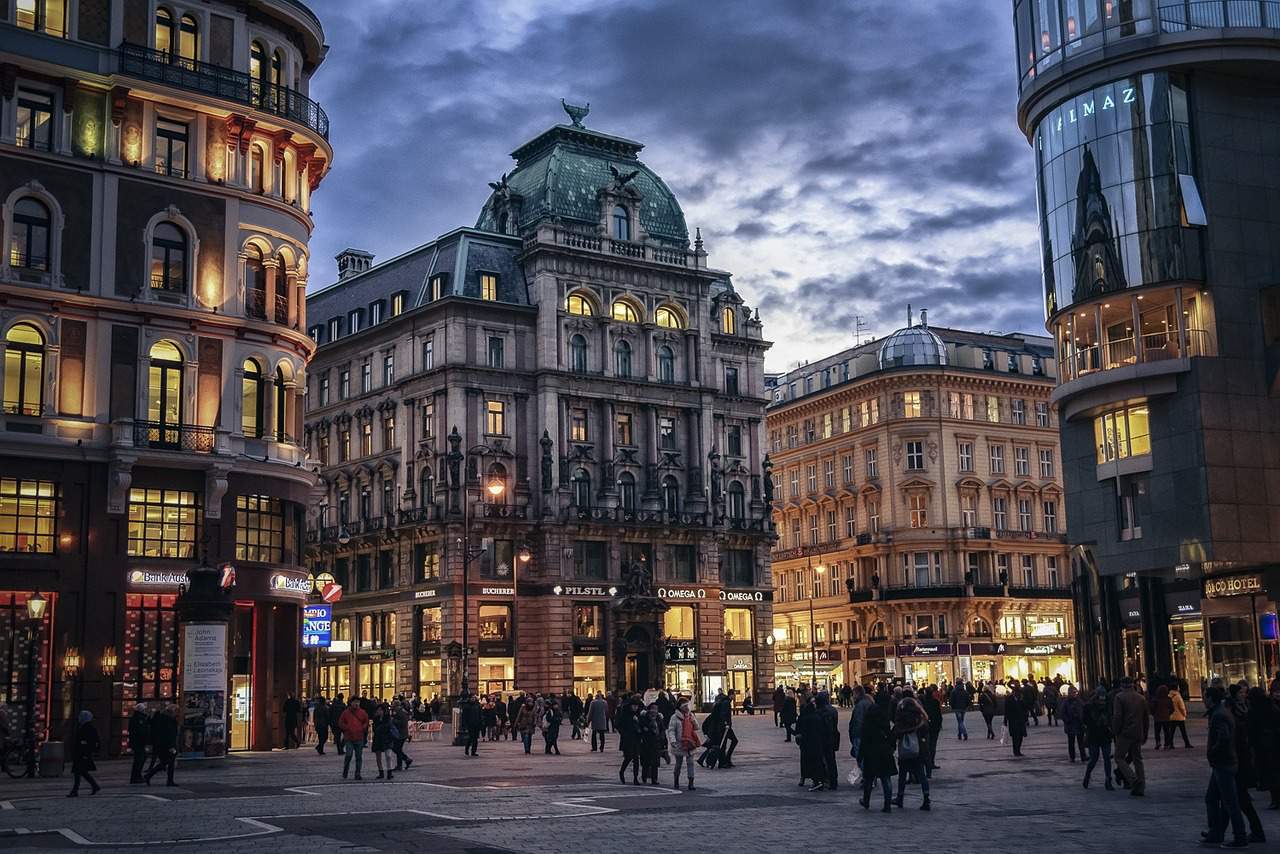Amazing things you need to know before traveling to Austria

Sponsored content
Vienna’s Habsburg-era opulence and Klimt’s lush sensuality attract the visitors to Austria, as do the melancholy traces of a grand lost empire. However, Austria is more than that.
There were thriving contemporary art scenes, a great nightlife, efficient transportation, safe streets, and food options that went far beyond schnitzel. You’ll also love the laid-back wine-growing regions and Alpine hospitality.
If you plan to enter Austria from a country outside Europe, you need to obtain a digital green certificate Austria.
These are 6 amazing things you need to know before you travel to Austria.
Vienna from a different perspective
Having been the capital of Europe’s longest-lasting empire, Vienna’s cultural and historical riches are astounding. The Innerstadt’s gilded palaces and masterpiece-lauded art museums are peppered with thriving, creative neighborhoods that lie beyond the historic Ringstrasse. In the scenic multicultural streets, fashionable Neubau, Mariahilf, and Leopoldstadt, surrounding the open-air Brunnenmarkt and Ottakring, you’ll find excellent cafes with better coffee than the grand old coffee houses. Also, small bars serving local wines, techno clubs, and intimate, small-scaled house museums such as the Freud Museum, set in the father of psychoanalysis’s house, are other notable attractions.
Salzburg beyond Mozart and Maria Von Trapp
Salzburg’s musical associations are omnipresent. However, there are ways to enjoy Salzburg without succumbing to clichés—Mozart and Von Trapp tour. Take, for example, the annual Salzburg Festival, which attracts the world’s best classical musicians and is well worth planning ahead of time. And, there is a thriving year-round jazz and electronic scene in a city full of music students, where the classically trained kids can let off steam. Besides, visiting the limestone peaks, mist-shrouded waterfalls, and jewel-colored lakes make for an excellent day trip. If you only have a few hours to spend outside of town, the sparkling subterranean ice pavilions and lantern-lit passages of Eisriesenwelt cave are must-visits.
Sample Austrian Wine
Austria’s Wachau, Kremstal, and Kamptal regions are home to traditional operations and younger, edgier producers of wine. The famous Danube-side town of Krems gets all the attention, but Langenlois is a hidden gem that stays true to its agricultural, working-town roots while also turning on the charm. Try the local Grüner Veltliner, which can be as citrusy and thirst-quenching, and peppery-rich as a good Chardonnay. Vineyards and winemaking villages emerge from Eisenstadt, completely encircling the marshy lake and home to an increasing number of natural winemakers, including the cult producer Gut Oggau. Blaufränkisch, a full-bodied red, is the region’s most famous wine. Südsteiermark is known as “Styrian Tuscany ” for its sun-drenched rolling hills and rambling villages, as well as its wine-growing skill. Sauvignon Blanc and Weissburgunder are local favorites.
Winter adventures
The birthplace of modern skiing, Vorarlberg, and Tyrol, define Austria’s ski scene; here, you’ll find the well-known St. Anton, Ischgl, and Kitzbühel resorts, famous for their deep snow and steep drops as well as day drinking and a hardcore nightlife. To the east is Grossglockner Resort Kals-Matrei, a family-friendly ski scene, which features varied terrain, half-price passes for under-18s, and the ecstasy of waking up to a horizon studded with over sixty 9,840ft (3000m) peaks. Locals prefer the more relaxed, sunny-side-of-the-Alps skiing in Carinthia in the south, including the free riders favorite Ankogel and the high-elevation Mölltaler glacier, which receives an average of 65ft (20m) of snow per year.
Explore Graz, Austria’s second-largest city
When discussing Graz, Austrians frequently draw comparisons to the Mediterranean. Even though the country’s second-largest city is far from the sea, once seen, you’ll understand what they mean. Its new historic center combines Medieval, Renaissance, and Baroque architecture in an evocative mix. The iconic clock-tower perch and its terracotta rooftops mingling with thundering River Mur at the background evoke Italian Riviera towns or those of the Slavic Adriatic. Its cuisine is also lighter, fresher, and more sun-kissed than that of Vienna. It’s a friendly and peaceful place, especially in the spring and summer, with none of the crowds of Vienna or Salzburg. Graz has received UNESCO designations for its historic center, as a city of culture, design, and, most recently, of food.
Easy transportation
The national OBB train system is integrated with the Postbus bus network, making public transportation very efficient. Regional transportation passes are worth exploring because they can provide significant savings. Driving in Austria is a pleasure, though car rental pickups and drop-offs are only available in major cities. Cyclists are well served by bike paths that extend throughout cities and into regional areas. There are also numerous bike rental options for summer touring.

